It is becoming increasingly clear to more and more that our current diet is unsustainable and will change drastically in the near future. Although this can be a source of alarm, it opens the door to possibilities even more, as it allows us to discover old and new raw materials and technologies, and even solve health or food problems.
I’ve been dealing with food for a long time. There are several reasons for this—on the one hand, I discovered very early on how many senses they affect, how many stories, games, connections they have within and beyond the classic boundaries of gastronomy, and on the other hand, I have faced challenges that required a special diet since I was a child. At the same time, I’ve also realized that while there are recipes we all know that work for sure, these are sometimes not just worth examining, but even questioning. After all, how can we be so certain that we can still work from the raw materials we used 20, 50, 100 years ago?

The basis of Hungarian cuisine is the triumvirate of salt-pepper-paprika. Or we could believe this, but it is a misconception, because we have known and used these spices dominantly only since the 19th century. In the time of Matthias I, for example, ginger, cinnamon, nutmeg, preserved lemon and honey were much more commonly used spices. Ginger is also the most commonly used spice in the first known cookbook, the Szakácsmesterségek könyvecskéjében (Book of Cooking Crafts—free translation) from 1698. Two hundred years later, Ágnes Zilahy does not mention it anymore, but paprika (which was grown as an ornamental plant at that time) and, of course, pepper appear in the Valódi magyar szakácskönyv (Real Hungarian Cookbook—free translation). This is due, among other things, to the fact that during the 150 years of Turkish occupation, the eastern trade routes were closed, so resources dwindled. By the 19th-20th century, our recipes had changed radically, due to their easy cultivation and storage, potatoes and corn were widespread, which then appeared in innumerable quantities in various forms (porridge, pies, stews such as dödölle or puliszka), often with little or no meat during the World Wars and then it became a shortage, and often only showed up on the table on weekends. Looking back, you can see how gastronomy has adapted to the possibilities—the point was to make as many people as possible full from the fewest ingredients. This is why rustic food has a renaissance: a great favorite of my childhood is, for example, Zala wheat gánica or floury sterc, which requires nothing but wheat flour, water, salt and fat, and the result is a Kaiserschmarren-like but neutral-tasting food, which the elderly ate with pickled vegetables and the children with jam or sugar. We were always looking for the best bites that were burnt and at that time we didn’t even think about how ingenious the food was.
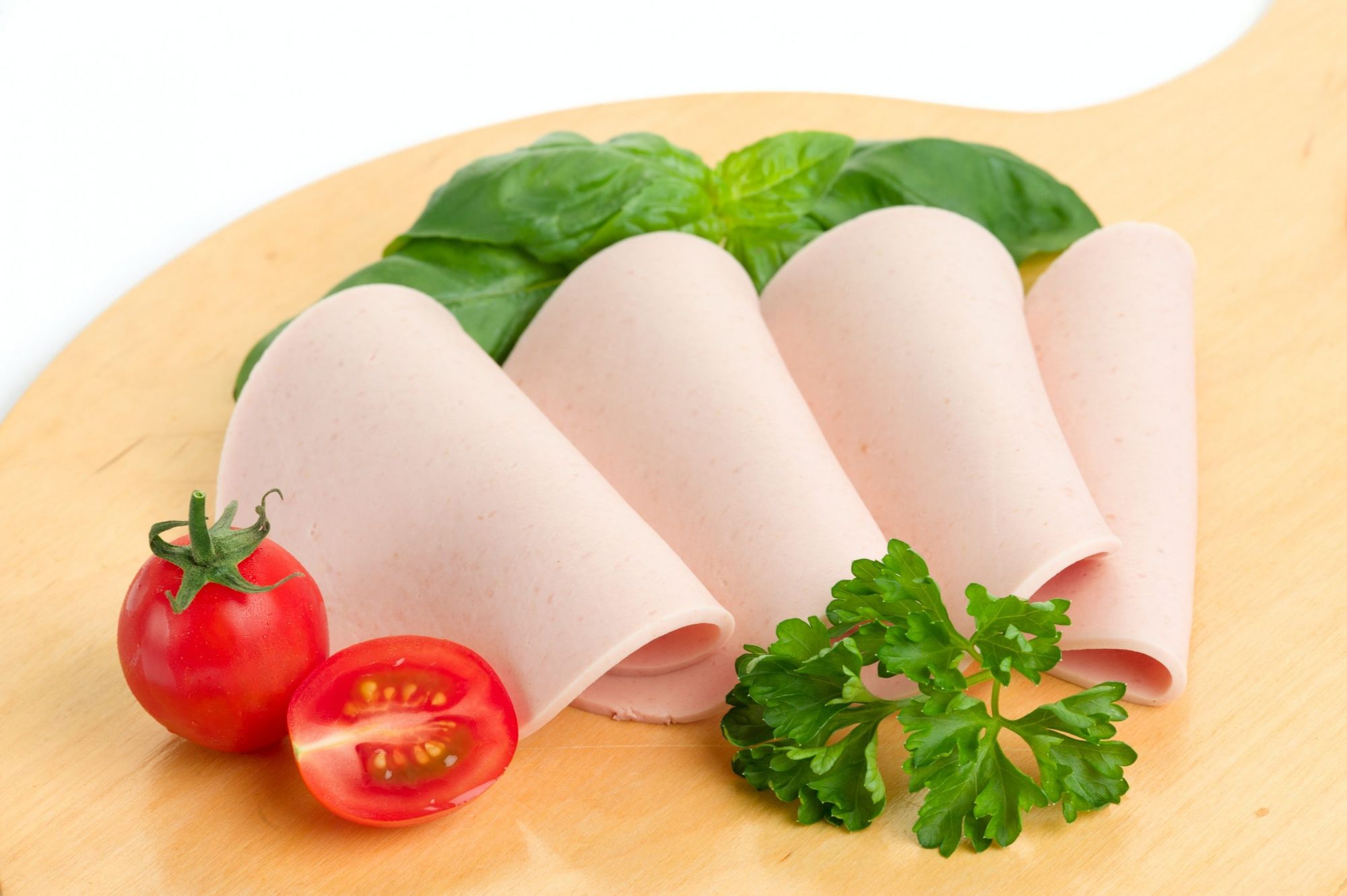
If we look at the cuisine of Central and Eastern Europe, the technological innovations of the Soviet Union are still an integral part of our diet to this day. To solve the problem of high levels of starvation, food engineers invented meals and used industrial tricks that resulted in nutrient-rich, (as planned) delicious and large-scale, low-cost products. The pariser was widespread, the original of which is a Russian cold cuts called “Doktorskaya Kolbasa” (its ancestor is the Italian mortadella, in American territory, it is called bologna), made from beef and pork, eggs and milk. It appeared on the market in 1936 and was initially considered to be particularly high quality, only in the sixties and the seventies did they start adding starch, preservatives, soy and other additives. These “creative solutions” then spread in the restaurant and household gastronomy, for example in the field of cakes: buttery, chocolate desserts were replaced by gelatinous, coated, flour-enhanced, vegetable fat/foam creations, which then stayed the same in the display fridge for days. The system of customs after the war began to change with the Hungarian gastro-revolution that erupted in 2012, but the changeover is not easy: among other things, the resistance of customers to higher prices must be combated.
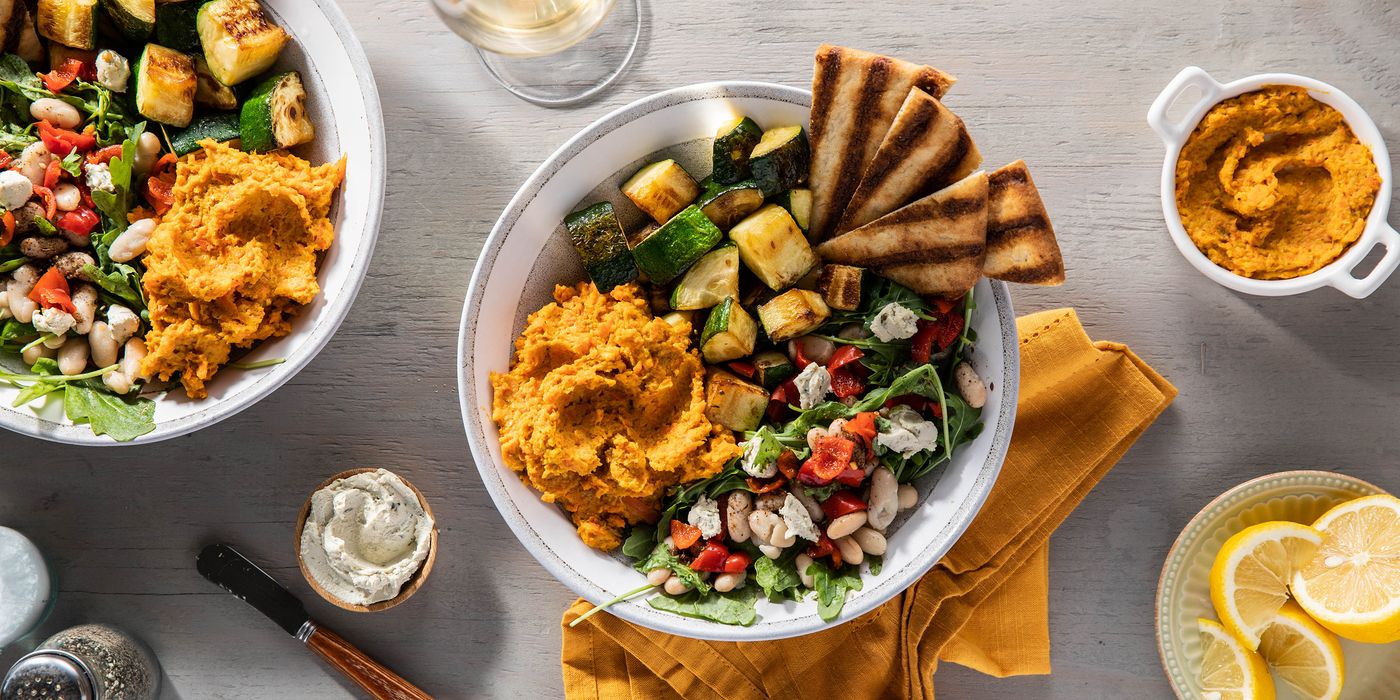
If we look at current trends, we can observe definitely divergent trends. One controversy is between those who follow a flexitarian and vegetarian, plus WFPBD (whole-food plant-based) diet: the former eat meat but in less quantity and good quality, the latter abandon it and exclude all food of animal origin. Flexitarian nutrition seeks a balance where the consumption of plant-based foods can be determined to be 70%—research shows that this reduces the risk of cardiovascular disease and diabetes. One of the basic pillars of WFPBD, for example, follows Dr. Greger’s “daily dozen” principle and mixes legumes, cereals, fruits and vegetables. Veganism goes further, encompasses the entire lifestyle and exiles everything that has to do with the exploitation of animals. Each trend has its own truth, but it is important to see that none automatically means it is healthy.
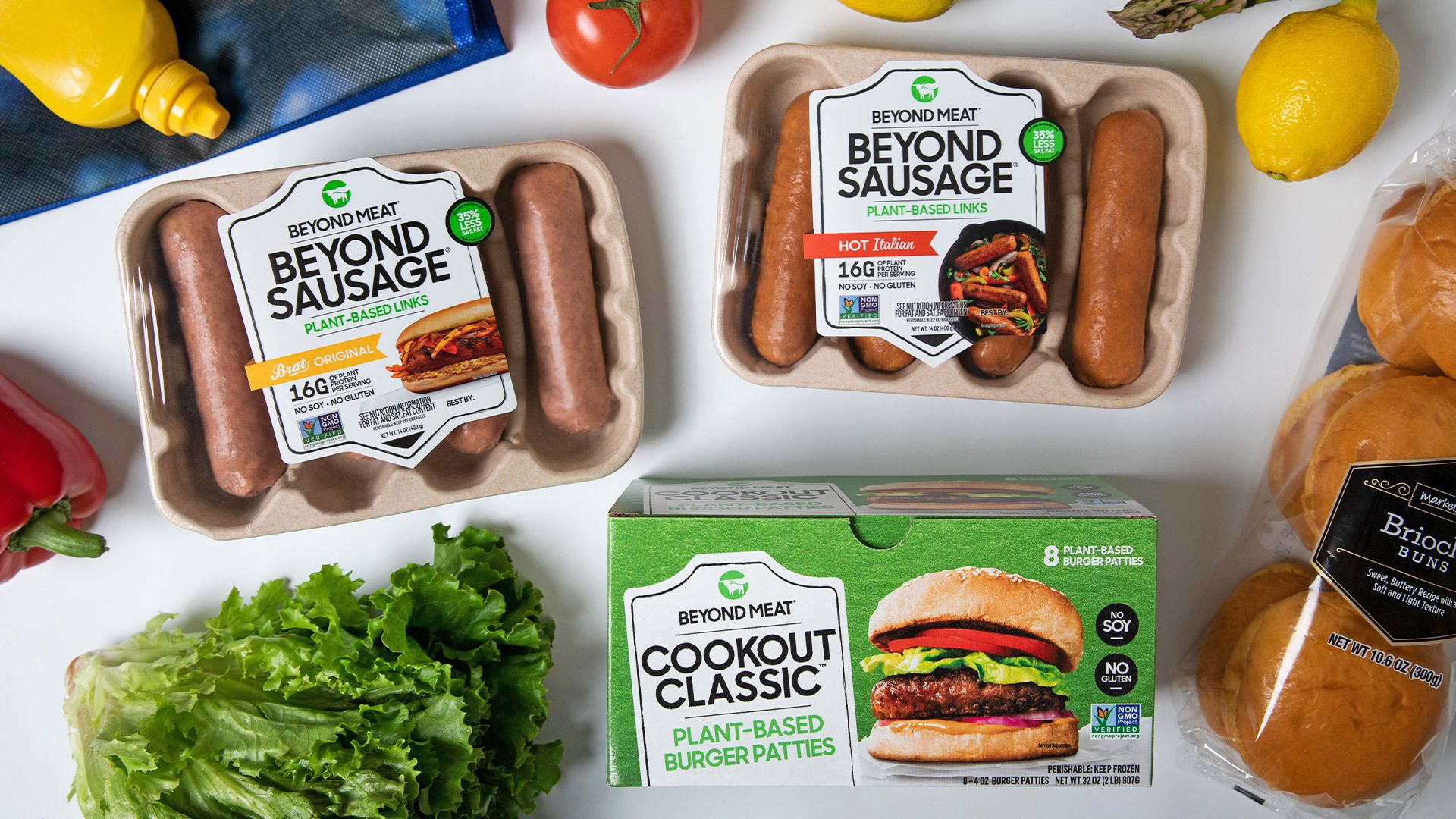

There are more and more semi-finished or finished products on the market that consist of plant ingredients, but can be classified as “junk food”. Such are the ones that want to create the experience of well-known comfort items, such as vegetable burgers, “meatballs”, meatloaf, “fish sticks” and fried “cheese”. These can be purchased in Hungarian stores for as little as HUF 1,000. In addition to wheat gluten, the ingredients often include green pea or soy protein, as well as coconut oil, which is often found in vegetable sour cream and cream cheeses. They are gluten-free, so they can be incorporated into multiple diets and basically don’t have a bad amino acid profile. The problem is rather with the additives, but they are necessary for the result: for the products I tasted, the vegan fish stick, for example, perfectly demonstrated the texture and taste of the fish slices, the resemblance was staggering, while the grilled cheese ended up in the trash, unfortunately. If you want a good illustrative example, you should check out Ikea’s world-famous meatballs: in addition to the beef-pork and chicken versions, vegetable-based and meat-free (pea protein) balls are also available. Related to this is the success story of Beyond Meat, which exploded on the market years ago with surprisingly meat-like products—they achieve the desired texture with potato starch in addition to pea protein and the color with beetroot and apple juice. Since 2012, they have been available in 80 countries around the world and have partnered with global brands such as McDonald’s or Pizza Hut. Some go even further: Nestlé Future Meat Technologies, a subsidiary of Nestlé, for example, works on lab-grown artificial meat, but also tries fermentation and 3D technologies.
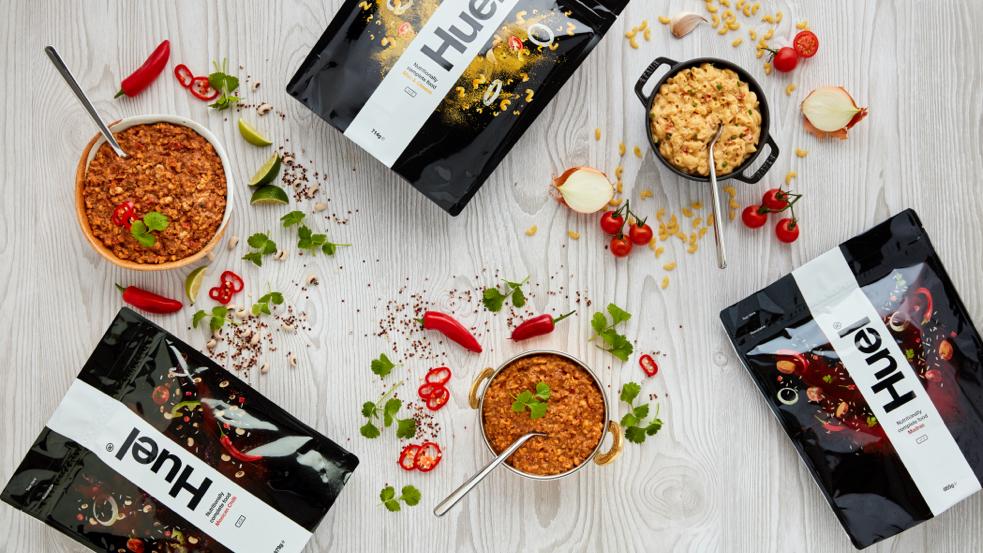
Legumes are already considered by many to be a sustainable, healthy and global response to food shortages. They can be grown in many places, most cuisines have their own type of food that uses them (e.g. Indian dahl or Middle Eastern hummus or Hungarian bean goulash), they are high in content, they contain a lot of fiber and are therefore nutritious. And the protein extracted from them can be used in many ways, for example in protein powders. Soybeans have been around for a long time, but many people are allergic to them, but not to green peas, which for the time being seem to be one of the best options. This was also recognized by the founder of Huel, Julian Hearn in 2015 in England. This also takes us to the second trend, which puts the complete replacement of traditional foods and the agio of futuristic, planned meals in the spotlight. Hearn has developed a meal that has a low ecological footprint, is easy to consume and digest anywhere in the world, is easy to produce, transport and store in large quantities, is affordable and has a relatively neutral taste, or is close to a taste that is known everywhere. He put his vote in favor of the porridge/puree I held in high esteem: Huel powders (the brand name comes from the combination of the words “human” and “fuel”) are all-free, contain all the necessary vitamins and minerals, and are balanced in protein, carbohydrate and fat. They consist of green pea protein, brown rice protein, ground flaxseed and oatmeal, plus, a variety of spices and other supplements such as shredded coconut or quinoa. The end result is edible, tasters say it is particularly delicious, although we lose the experience of chewing. (In addition to natural powders, in the second phase, more food-like variations appeared (e.g., Thai curry), as feedback showed that many people lacked flavors.) In the past, a similar experiment was carried out by a brand called Soylent, but here the feedback was mixed, with many complaining about the lack of experience with exclusive consumption. This trend raises questions because many associate it with nutriment, which can be a kind of compulsive diet—although patients are typically given milk-based products during hospital feeding because they are more nutritious and less burdensome on the body, according to current research.
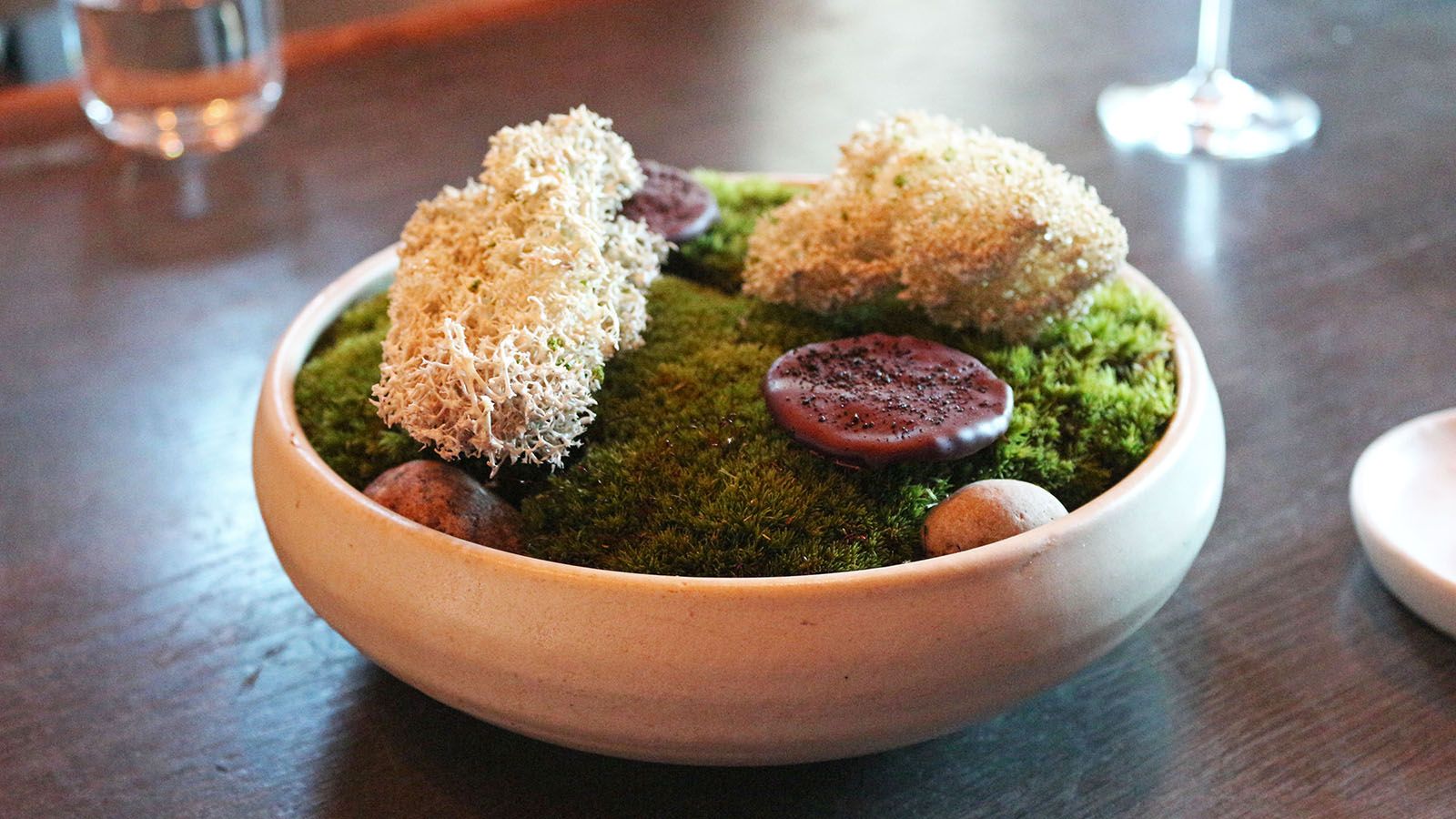
If we turn away from plant bases, the topic of insect consumption, that is entomophagy, comes to the fore. It is considered to be completely commonplace in many cultures, such as Central America or Africa, but we are wary of it in Europe. According to research, although there is an openness to it, there is little—slightly more willingness to taste it if it is presented to us in the form of powder/flour. Yet, for example, cricket flour not only increases the nutritional value of food but, for example, when mixed with millet flour, it also improves its chemical and physical properties (according to the study of Anna Győző-Molnár). So, in order to replace traditional animal husbandry, it would be worth considering this direction, as it holds many opportunities. This “back to the roots” approach, as well as the intention to discover old technologies and the ingredients around us, is also growing stronger: in Scandinavia, for instance, the recently won third Michelin star, Noma restaurant, is at the forefront of being inspired by its surroundings. (In Hungary, the SALT restaurant represents this trend the most, with roots from Szabolcs-Szatmár-Bereg county.) They evoke the peculiarities of the area while (re)discovering the ingredients we used to know but have now forgotten. In Hungary, for example, Mirabelle plums or Japanese quince grow in many places. The same is true for types of mushrooms—we don’t know them as well as we used to. Yet eating is instinctive and coded deep within us, so we have sources we can work with. There are as many possibilities in technological processes as fermentation. Fermentation and traditional salt preservation are also included, which have become widely known and fashionable precisely because of the epidemic.
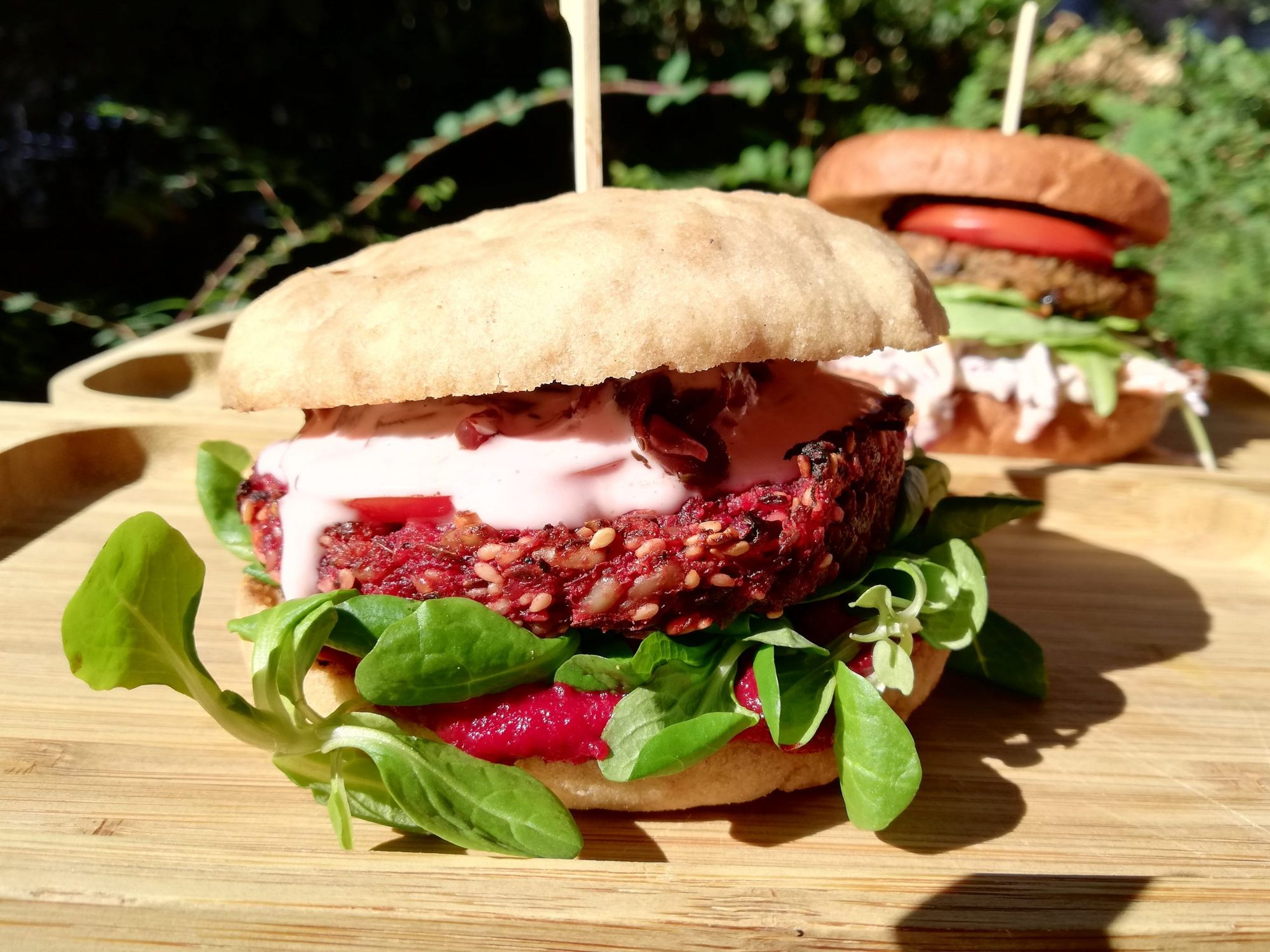
So the question is not decided, but the discourse is getting stronger. At this year’s MET gala, for example, only vegetarian food was offered and more and more restaurants are heading in an alternative direction, at least by using only locally grown/live ingredients. As more and more people are also affected by health problems, it is impossible to avoid thinking about what and how we eat. However, the end result can be sufficient—if we come together, share our experiences and work together for a better, healthier, sustained meal for the future, while keeping the experience in mind.
(Special thanks to Adrienn Szabó, dietitian, and chef Márton Keve for the expert advice.)
Source: Dining Guide, Qubit, foodtank, Forbes, SóBors, Nestlé, Mindenmentes, Qubit, My Name is Andong, and Anna Győző-Molnár’s thesis, Evaluation of insect proteins from the point of view of nutrition science (Hungarian University of Agriculture and Life Sciences, MSc in Nutrition Sciences, 2021)
Source of images: Huel, Plantbased News, One Green Planet, Purple Carrot, Maximports, The Spruce Eats, CNN Travel

Ultramodern railway station in Vilnius designed by Zaha Hadid Architects

Like walking through a kaleidoscope—Ólafur Elíasson’s latest work!










